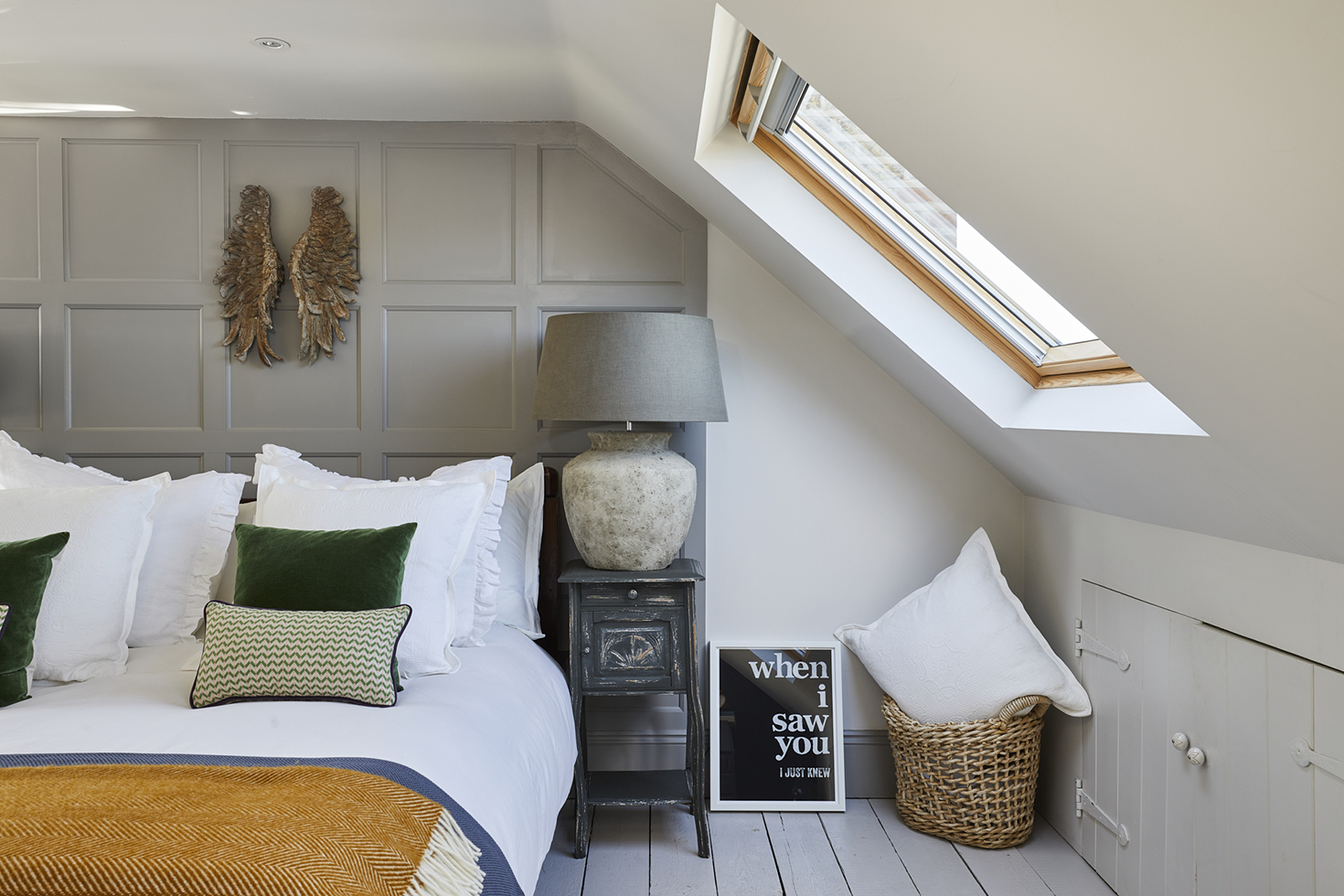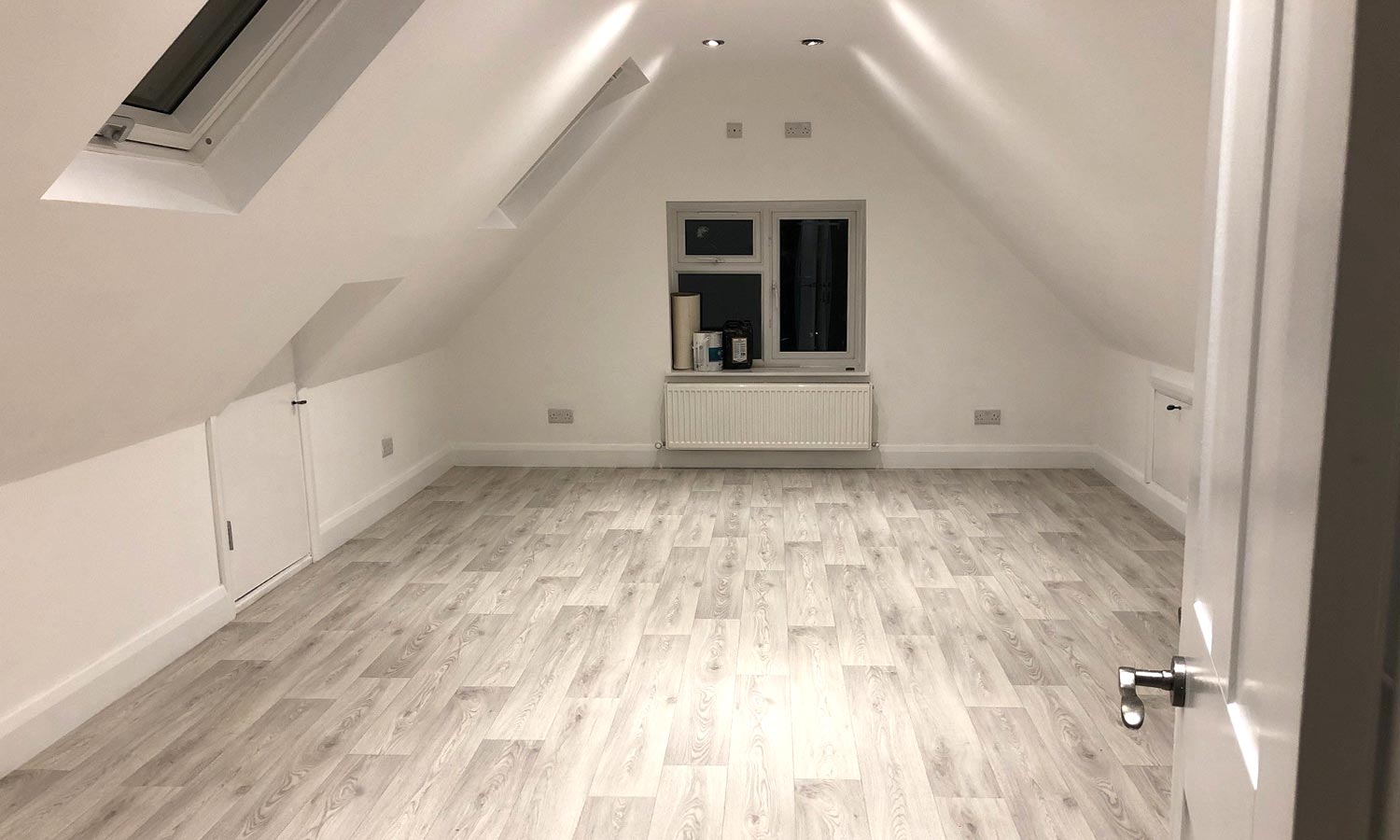HOME
The Ultimate Guide to Loft Conversion Costs: What You Need to Know Before Starting Your Project

A loft conversion is the process of converting an underutilized attic space into a functional living area. It involves transforming the empty space into a habitable room, typically a bedroom, office, or recreational space. Loft conversions are a popular way to add living space to a home without extending the footprint. They can increase property value and provide additional living space for homeowners. The process usually involves structural modifications, insulation, flooring, electrical and plumbing work, and adding windows or skylights for natural light. It's important to consult with professionals such as architects or builders to ensure the conversion meets building regulations and safety standards. Click here to learn more about our loft conversion services and visit our website
Loft conversions are a great way to add more living space to your home without the need for a costly and disruptive extension. They can provide a versatile and functional area that can be used for a variety of purposes, from an extra bedroom to a home office or a gym. However, the cost of a loft conversion can vary greatly depending on several factors, such as the size of the loft, the type of conversion, and the location of the property.
The Different Factors that can Affect Loft Conversion Costs
Size of the loft
The size of the loft is one of the main factors that will affect the cost of a loft conversion. Generally, the larger the loft, the more expensive the conversion will be. This is because a larger loft will require more materials and labor to convert. The size of the loft will also determine the type of conversion that is possible. For example, a small loft may only be suitable for a basic storage conversion, while a larger loft may be suitable for a full-scale dormer conversion.
Type of conversion
There are several different types of loft conversion, and each has its own costs and benefits. The most common types of loft conversion include:
Rooflight conversion - This is the simplest and most cost-effective type of loft conversion. It involves adding windows to the roof to provide natural light and ventilation. This type of conversion is best suited to lofts with good headroom and a straightforward layout.
Dormer conversion - A dormer is an extension that protrudes from the roof and creates additional headroom and floor space. Dormer conversions are a popular choice for lofts with limited headroom and offer a good balance between cost and space.
Hip-to-gable conversion - This type of conversion involves replacing a sloping roof with a vertical wall, creating additional headroom and floor space. This type of conversion is best suited to properties with a hip roof.
Mansard conversion - A mansard conversion involves raising the pitch of the roof to create additional headroom and floor space. This type of conversion is best suited to properties in conservation areas, where planning permission for other types of conversion may be difficult to obtain.
Location of the property
The location of the property will also have an impact on the cost of a loft conversion.
Other factors
There are several other factors that can affect the cost of a loft conversion, including:
Design - The more complex the design of the conversion, the more expensive it is likely to be.
Insulation - Good insulation is essential to ensure that the loft is warm and energy-efficient. The cost of insulation will depend on the type of insulation used and the size of the loft.
Heating and ventilation - Additional heating and ventilation may be required to ensure that the loft is comfortable and healthy to live in.
Plumbing and electrical work - If the loft is going to be used as a bedroom or bathroom, additional plumbing and electrical work will be required, which can increase the cost of the conversion.

Tips for Saving on Loft Conversion Costs:
Plan Carefully
Planning your loft conversion carefully can save you money in the long run. The more time you spend on planning, the more likely you are to get the results you want, and the less likely you are to encounter unexpected costs. Consider factors such as the size and shape of the loft, the type of roof, and any structural changes that may be required.
Choose the Right Contractor
Choosing the right contractor is essential for keeping costs down. Look for a contractor who has experience in loft conversions and can provide references and examples of previous work. Get several quotes before deciding on a contractor, and make sure you understand exactly what is included in the quote.
Consider Your Design Choices
The design choices you make can have a big impact on the cost of your loft conversion. Choosing a simple design with minimal structural changes will be more cost-effective than a complex design that requires significant alterations. Similarly, choosing standard materials and fixtures rather than high-end options will help keep costs down.
Optimize Space
Optimizing the space in your loft conversion can also save you money. Consider options such as built-in storage, which can eliminate the need for additional furniture. Similarly, choosing a layout that maximizes natural light can reduce the need for additional lighting fixtures.
Consider Energy Efficiency
Energy efficiency should be a key consideration in any home improvement project, and a loft conversion is no exception. Consider options such as insulation, which can help reduce heating costs in winter and cooling costs in summer. Similarly, choosing energy-efficient lighting fixtures and appliances can help reduce your energy bills.
Don't Overlook Permits
Don't overlook the cost of permits when planning your loft conversion. Depending on where you live, you may need to obtain planning permission or building permits for your project. Make sure you understand the requirements and costs associated with these permits before starting your project.
DIY Where Possible
Finally, consider doing some of the work yourself to save on labour costs. While you may not be able to do everything yourself, there may be some tasks you can tackle, such as painting or installing fixtures. Just be sure to work safely and only take on tasks you are comfortable with.
